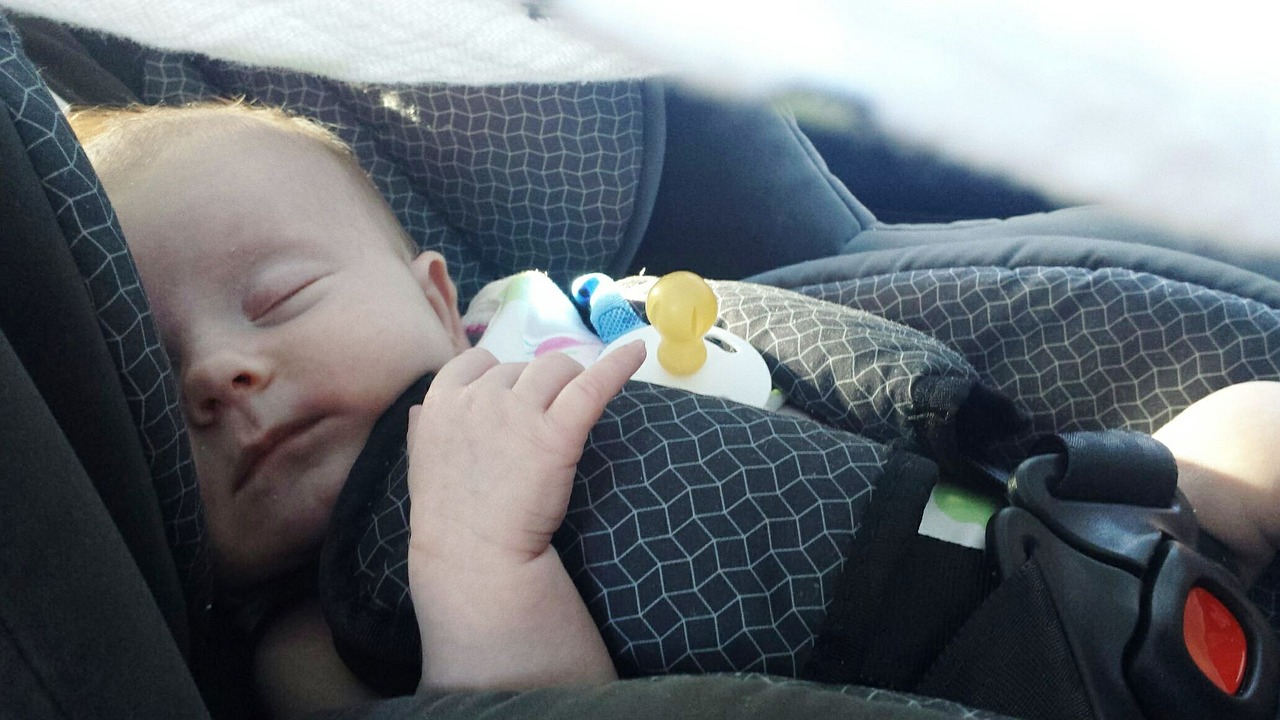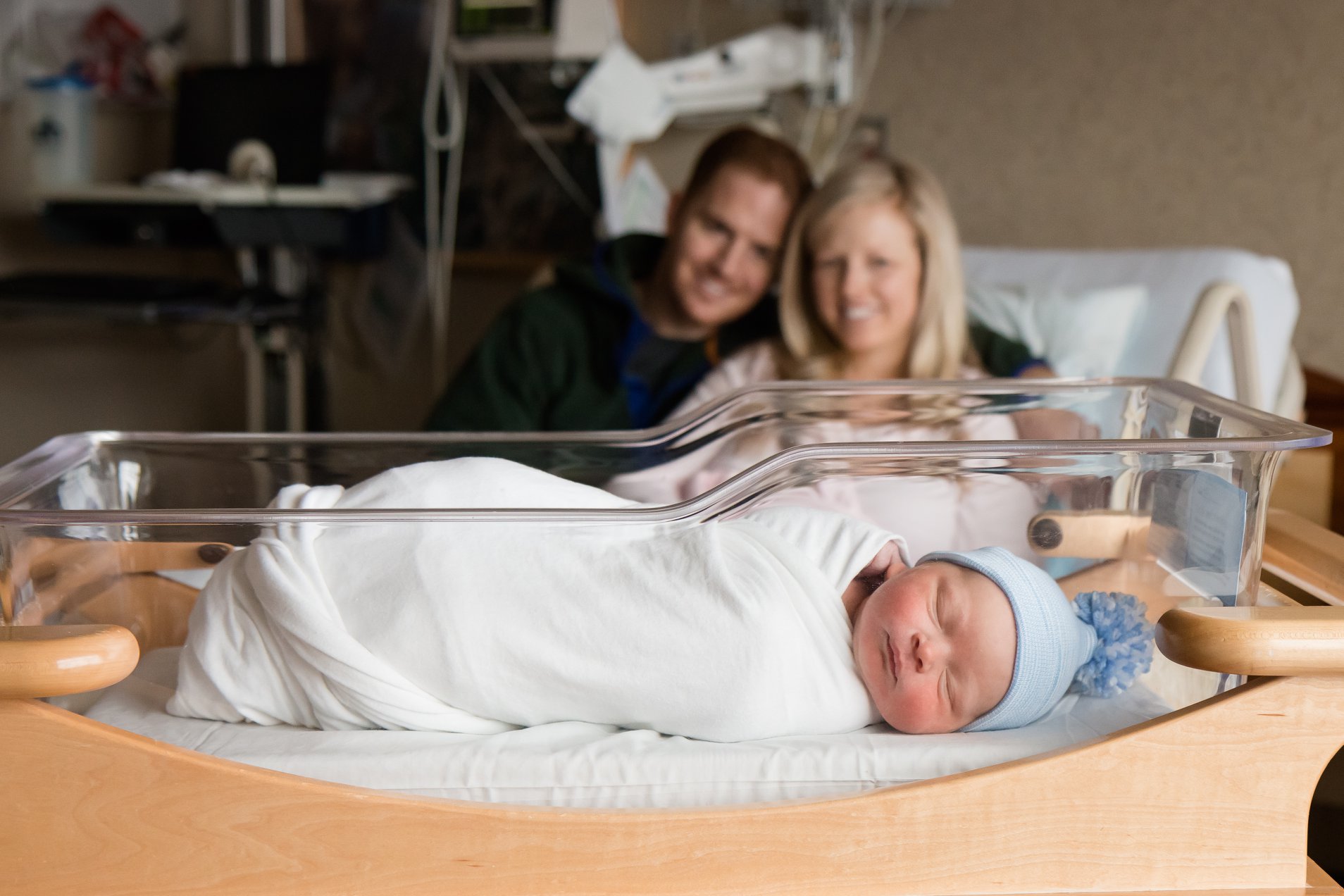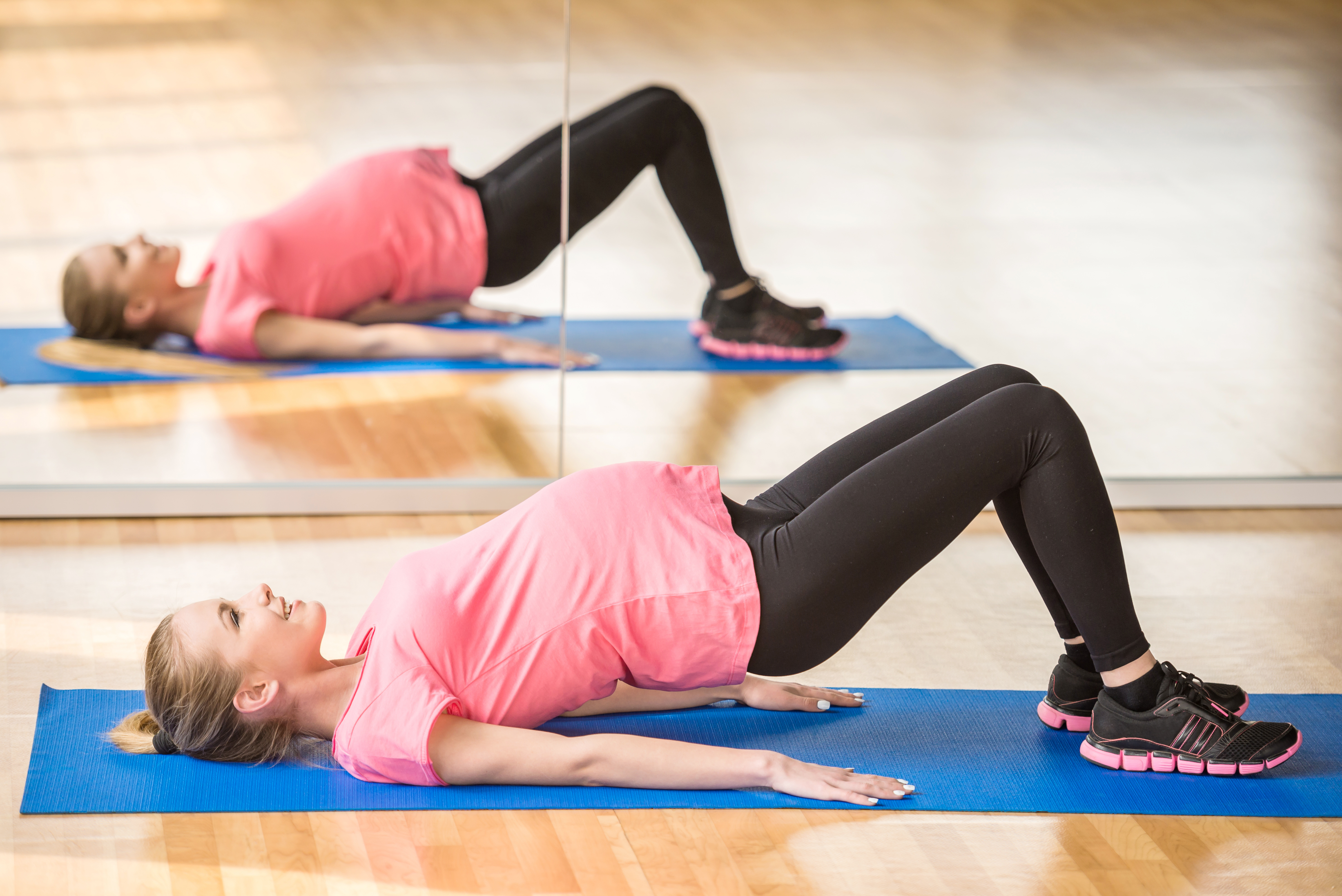We know there’s a lot to prepare before your baby comes home. The most important on your to-do list should be related to safety. This includes babyproofing your home and installing a car seat. Don’t know where to start when it comes to shopping for and installing a car seat? We’ve got you covered. Keep reading for everything you need to know.
Requirements by Age
Child passenger laws vary slightly state by state, but car seat guidelines are generally the same.
- Newborn to two years – (and weighing under 20 pounds) should be in a rear-facing car seat.
- Two to four year-olds – should switch to a convertible seat after they outgrow the height/weight limit of the infant one. There’s a little debate when it comes to when to switch from rear-facing to forward-facing. Parenting.com and Consumer Reports recommend staying rear-facing until at least age two.
- Children under age 8 – and under 40 pounds must be secured in a car seat at all times.
- Age 12 – Kids should sit in the back seat until age 12.
Shopping for the Safest Car Seat
A car seat is something that you definitely want to have before the baby arrives, so it’s time to get shopping!
The most important tip is to buy new. Buy a new, not used car seat to ensure that it’s up-to-date with all of the most recent technological improvements. While all car seats have been tested for safety standards, everyone still wants to know which one is the absolute safest. Baby Bargains does a great job of rating all types of car seats in different price ranges.
Infant Seat v.s. Convertible Car Seat
There are two types of car seats available to you for newborns. A rear-facing infant seat is used just in the first year. On the other hand, a convertible seat starts rear-facing, but can then be turned to the front and adjusted as your little one grows up. Choosing a convertible seat will save you money down the road, however convertible seats typically can’t be removed easily from your car like infant seats. The convenience of moving your sleeping baby in their seat usually leads most parents to purchase an infant seat for the first year (Parents.com).

Installation
Each car seat comes with its own unique installation manual. In today’s technological world, some companies will even direct you to a Youtube tutorial. Make sure to read the manual before you try to install the seat. It’s also a good idea to just keep that manual in your glove box or somewhere else in your car so you know where it is.
A common mistake is forgetting to put the seatbelt in lock mode if your car doesn’t have self-locking ones. Since car seat installation is complicated and there’s so much room for mistakes, it’s not a bad idea to have a professional inspection. You can use the National Highway Traffic Safety Administration (NHTSA)’s Inspection Station Locator to search for the nearest technician.
We hope that this guide has been helpful. Have you already started shopping and have an additional tip to share? Comment below!





